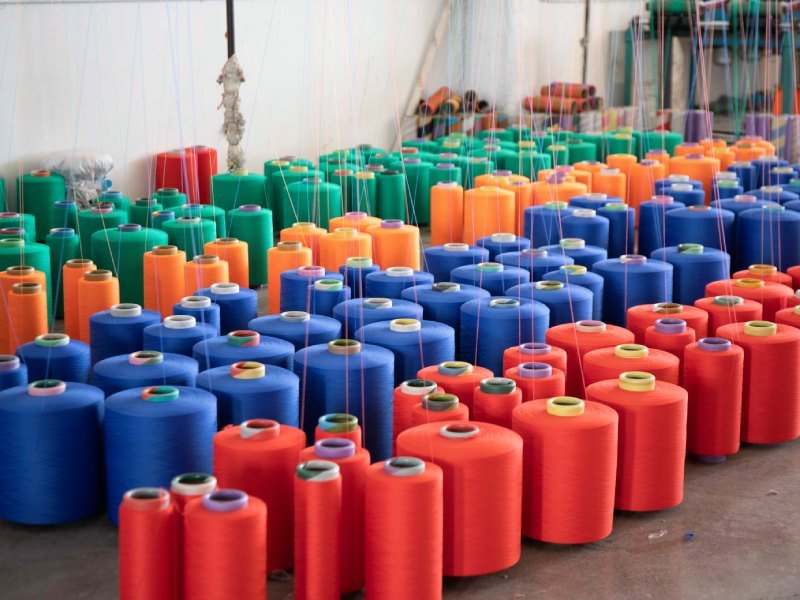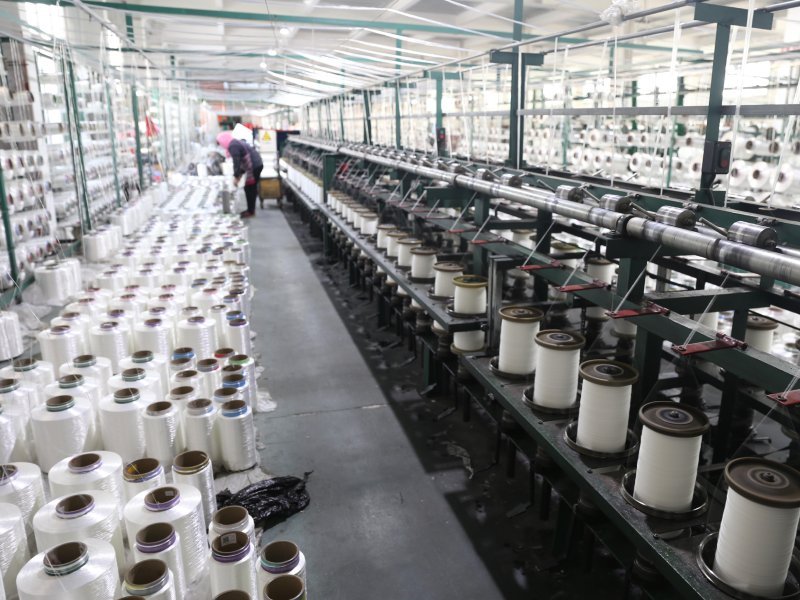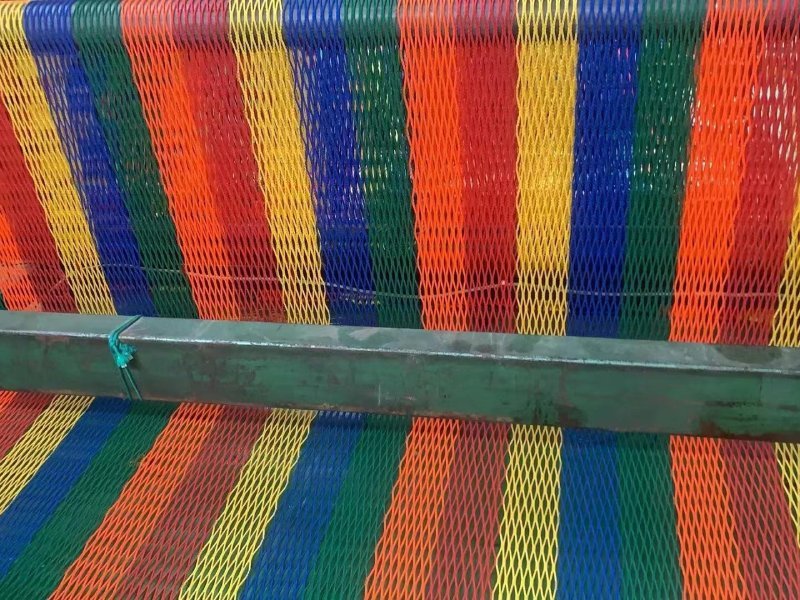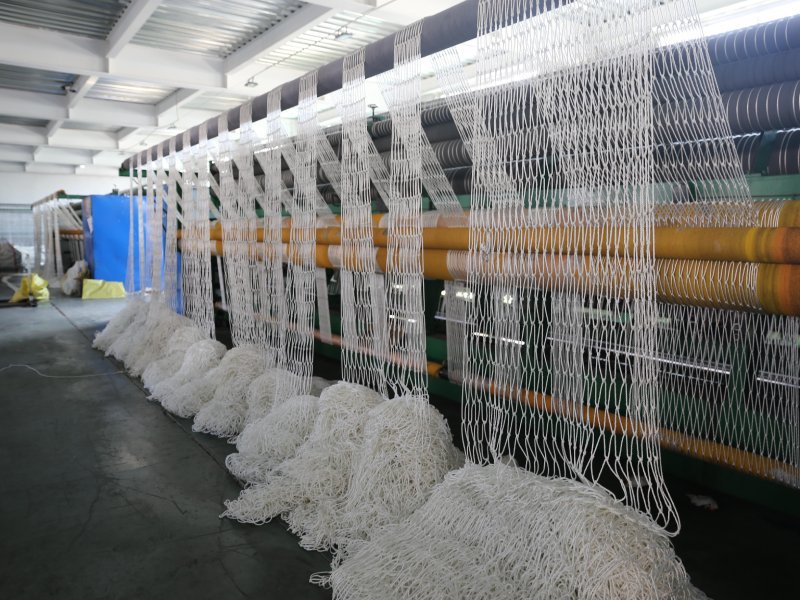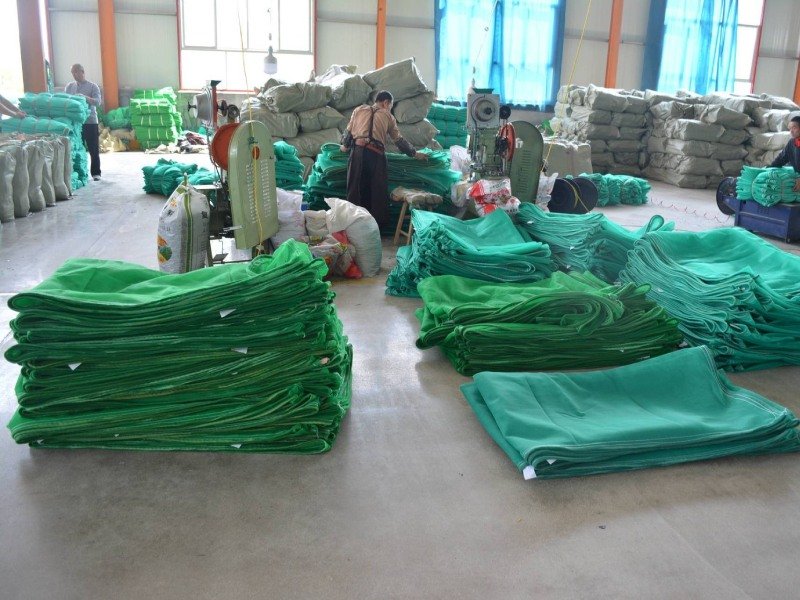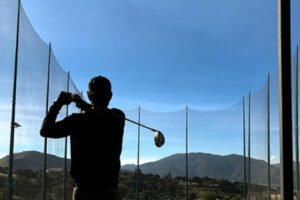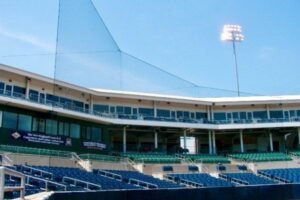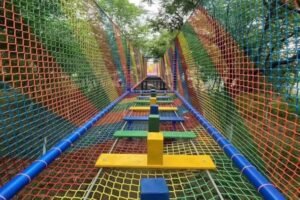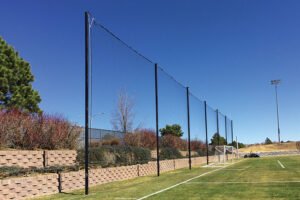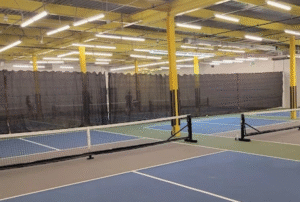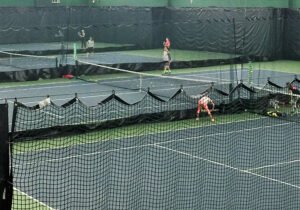Sports Netting
Our high-performance sports netting is built to last, whether you need sports court dividers nets, sports batting cages, or sports safety barriers nets. Perfect for stadium, gyms, sports clubs, and playgrounds, our nets reduce injuries, improve space management, and withstand heavy use. Custom sizes, colors, and strengths available—let’s build the perfect solution for your venue
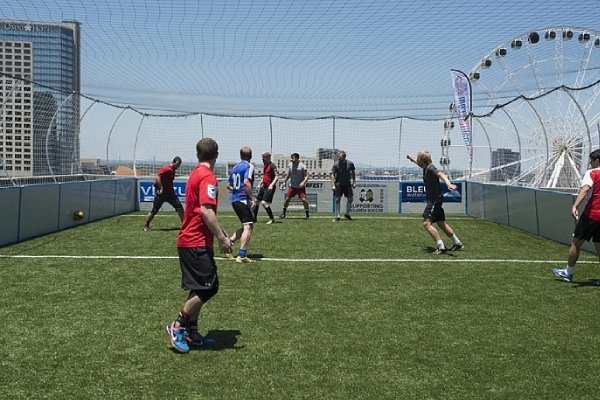
Sports Netting Sub-Categories
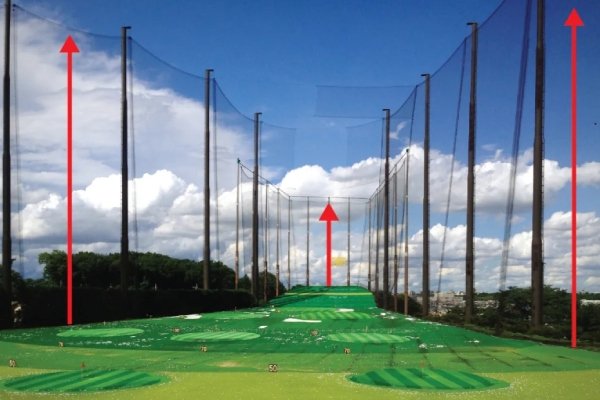
Golf Netting
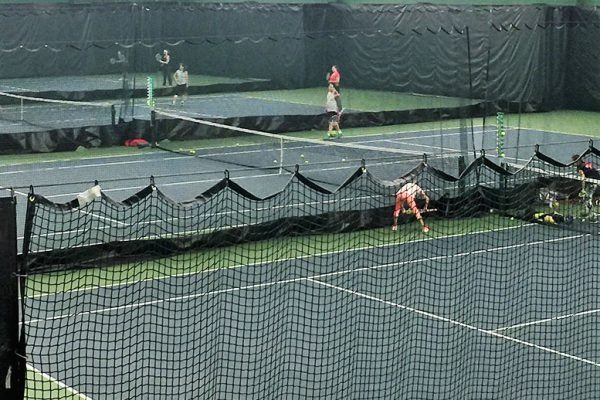
Tennis Netting
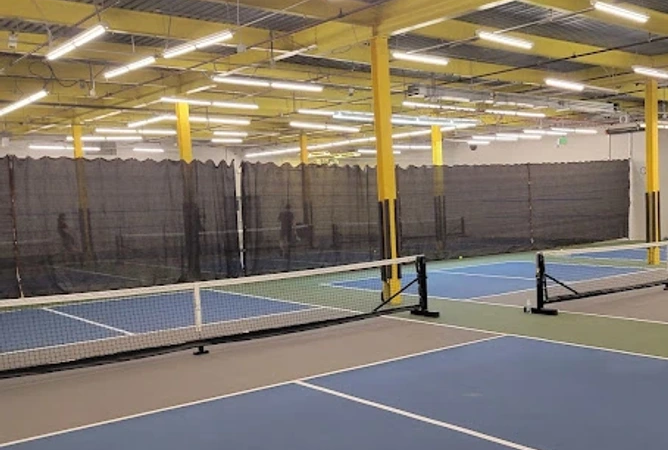
Pickleball Netting
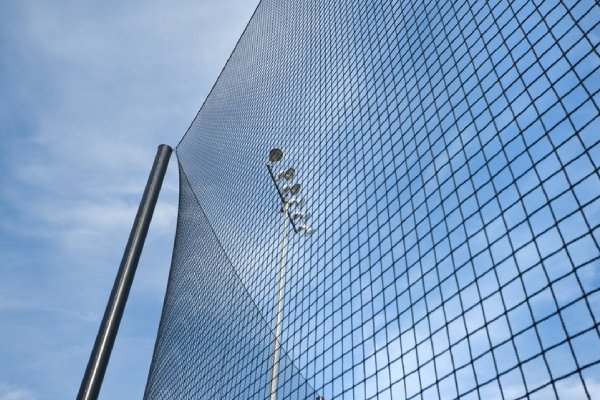
Baseball Netting
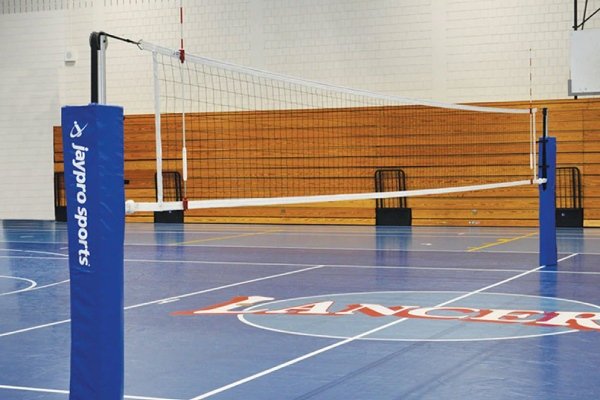
Volleyball Netting
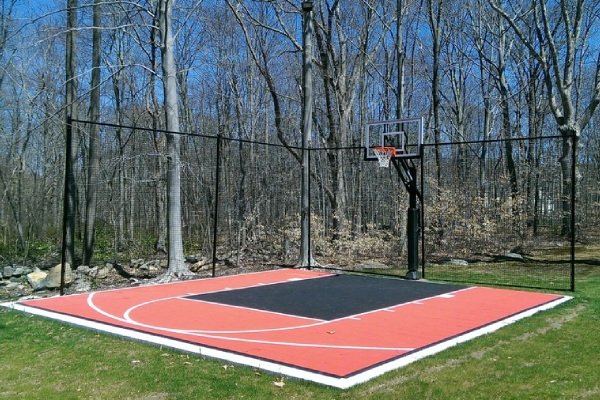
Basketball Nets
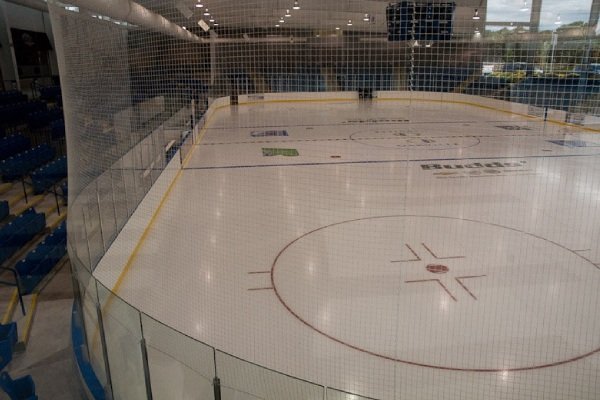
Hockey Nets
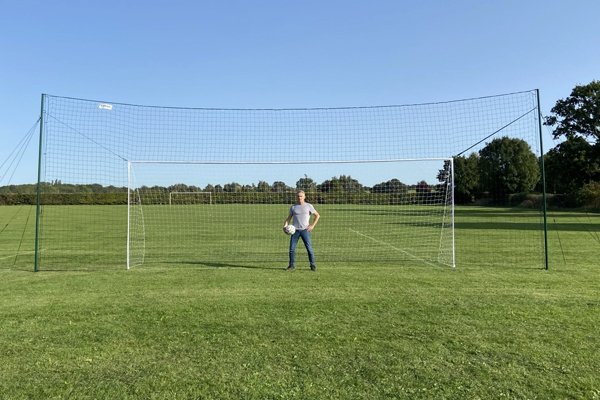
Soccer/Football Netting
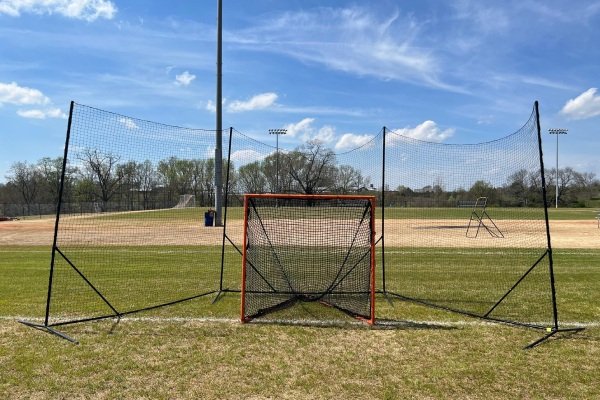
Lacrosse Nets
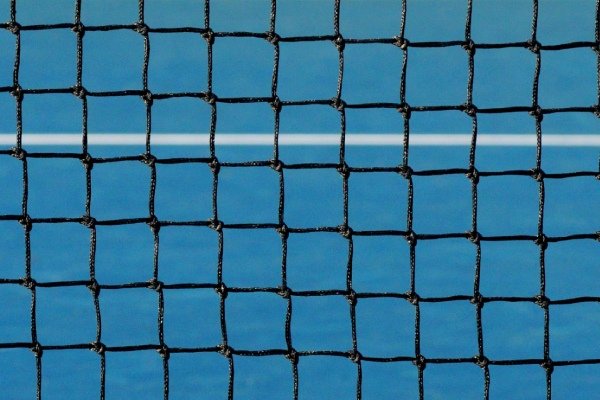
Custom Sports Netting
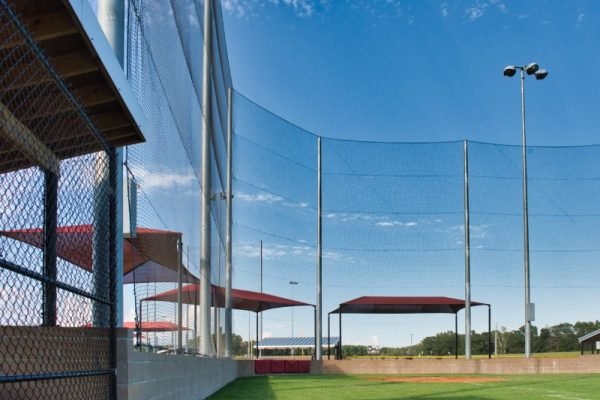
UV-Resistant Sports Netting – Keep Your Facility Safe & Long-Lasting
Sun damage ruins most nets within months—but ours are built to last. Our UV-stabilized sports netting resists fading, fraying, and weakening, even under intense sunlight. Ideal for outdoor tennis courts, baseball cages, and playgrounds, it maintains strength and visibility for years. No more frequent replacements or safety risks—just reliable performance. Plus, custom colors and logos keep your brand looking sharp. Whether you manage a school, pro facility, or rec center, our nets are the smart, long-term investment you’ve been searching for.
High-Impact Barrier Nets – Protect Players, Reduce Liability
Weak nets mean injuries—and lawsuits. Our heavy-duty sports barrier netting absorbs high-impact forces from balls, equipment, and collisions, keeping players safe and facilities compliant. Tested for tensile strength and durability, it’s perfect for indoor soccer arenas, batting cages, and multi-sport complexes. Unlike cheap alternatives, our nets won’t sag or snap, reducing maintenance costs and liability risks. Custom heights and mesh densities ensure the right fit for any sport. Don’t gamble with safety—upgrade to nets that actually protect.
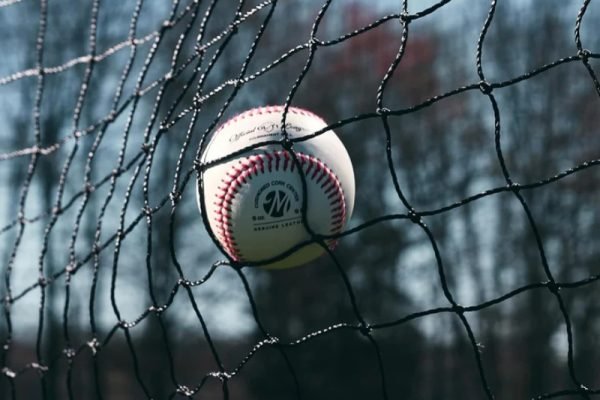
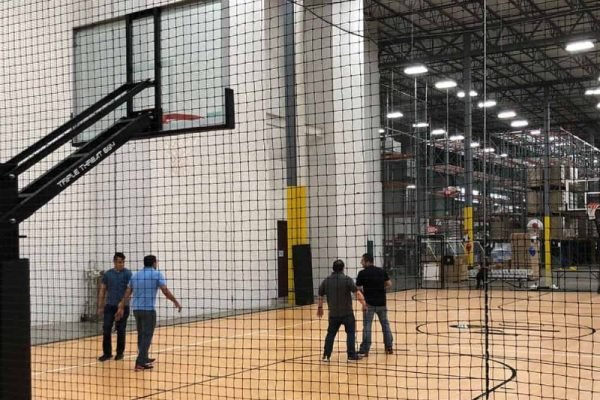
All-Weather Sports Netting – Rain or Shine, Performance Unmatched
Bad weather shouldn’t shut down your facility. Our weatherproof sports netting resists rain, wind, and mildew, making it ideal for outdoor golf ranges, stadiums, and training centers. The anti-fray coating and reinforced edges prevent damage from extreme conditions, so you spend less on repairs and more on gameplay. Quick-drying, rot-resistant materials mean no musty odors or deterioration. Whether you’re prepping for tournaments or daily practice, our nets stand up to Mother Nature—so your athletes can too.
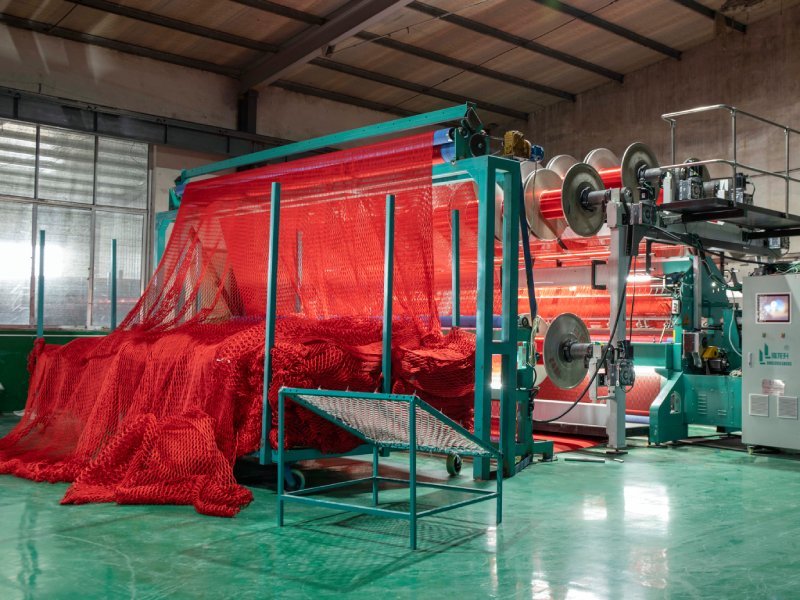
Looking for high-performance divider netting and safety netting solutions that combine durability, safety, and customization? Wenneting is your trusted partner! With 25+ years of expertise in manufacturing premium sports barrier nets, batting cages, and industrial safety nets, we help gyms, warehouses, children’s playgrounds, and sports facilities enhance safety, optimize space, and reduce costs.
- Tailored Solutions: Customize nets by size, color, material, and branding (OEM/ODM) to fit your exact needs.
- Unmatched Quality: High-strength polyester/polypropylene nets, rigorously tested for UV resistance, tensile strength
- End-to-End Support: From free samples to logistics, we streamline global procurement for traders and end-users alike.
THE ULTIMATE GUIDE
Everything Your Need to Know About Sporting Netting
Sports netting is a cornerstone of safe and functional sports facilities, whether for community centers, professional arenas, or training academies. For B2B buyers—such as facility managers, contractors, and equipment suppliers—selecting the right netting ensures player safety, spectator protection, and compliance with industry standards. This comprehensive guide, tailored for B2B buyers, covers sports netting types, applications, customization options, and installation guidelines, incorporating tables to provide clear comparisons and actionable insights.
Sports netting serves critical functions, including containing balls, protecting spectators, and defining playing areas. With advancements in materials and design, modern netting solutions offer durability, versatility, and aesthetic appeal.
Types of Sports Netting
Choosing the right netting depends on the sport, environment, and budget. Below, we outline the primary types of sports netting, their properties, and their suitability for various applications, summarized in a comparison table.
Nylon Netting
Nylon is a premium choice for sports netting due to its strength and resilience. It’s ideal for high-impact sports and outdoor environments.
Characteristics:
- High tensile strength for impact resistance.
- UV-resistant options for prolonged outdoor use.
- Available in various twine sizes (#18, #36, #48).
- Typically knotted for enhanced durability.
- Best For: Baseball, softball, soccer, hockey, tennis.
Polyethylene Netting
Characteristics:
- Lightweight, moisture-resistant, and UV-treated.
- Available in knotted or knotless designs.
- Less flexible than nylon but budget-friendly.
- Best For: Golf ranges, recreational soccer, lacrosse.
Polyester Netting
Polyester is suited for indoor applications, offering stability and a soft texture.
Characteristics:
- Resistant to stretching and shrinking.
- Lower UV resistance, better for indoor use.
- Often woven or braided for strength.
- Best For: Indoor volleyball, badminton, futsal.
Kevlar and Specialty Netting
Kevlar and other high-performance materials are used in demanding environments requiring maximum strength.
Characteristics:
- Exceptional impact resistance and lightweight.
- Often combined with other materials for hybrid solutions.
- High cost but unmatched durability.
Comparison of Netting Types
Material | Durability | UV Resistance | Cost | Applications | Knotted/Knotless |
|---|---|---|---|---|---|
Nylon | High | Excellent (with treatment) | High | Baseball, soccer, hockey, tennis | Both |
Polyethylene | Moderate | Good | Low | Golf, recreational soccer, lacrosse | Both |
Polyester | Moderate | Low | Moderate | Indoor volleyball, badminton, futsal | Knotless |
Kevlar | Very High | Excellent | Very High | Professional baseball, motorsports | Knotted |
Knotted vs. Knotless Netting
Knotted Netting: Stronger, ideal for high-impact sports like baseball. Knots enhance durability but may wear equipment.
Knotless Netting: Smoother surface, better for soccer, volleyball, and tennis. Offers a cleaner aesthetic and reduced wear.
Applications of Sports Netting
Sports netting is used across various sports and facility types. Below, we detail key applications and their specific requirements, with a table summarizing netting specifications by sport.
1. Baseball and Softball
Netting is critical for safety and containment in baseball and softball facilities.
- Backstops: Protect spectators from foul balls using high-strength nylon or Kevlar (1”–1-3/4” mesh).
- Batting Cages: Contain balls during practice with #36 or #48 nylon netting.
- Outfield Barriers: Define boundaries with lightweight polyethylene netting.
2. Soccer and Lacrosse
Netting ensures goals and fields are functional and safe.
- Goal Nets: Knotless nylon or polyethylene (4”–5” mesh) for durability and visibility.
- Perimeter Netting: Lightweight polyethylene to contain balls and separate fields.
- Training Nets: Portable, knotless nets for drills.
3. Golf Netting
Golf netting protects players, spectators, and property from errant balls.
Driving Range Barriers: Tall polyethylene or nylon nets (20–100 feet, 7/8”–1” mesh).
Practice Nets: Portable polyethylene nets for individual practice.
Course Protection: Netting around specific holes to shield adjacent areas.
4. Tennis, Volleyball, and Badminton
Netting supports gameplay and court separation.
Court Dividers: Knotless polyester or nylon (1”–2” mesh) for multi-sport facilities.
Game Nets: High-tension polyester or nylon with reinforced edges.
Practice Nets: Lightweight, portable nets for training.
5. Multi-Sport Facilities
Versatile netting solutions accommodate multiple sports in shared spaces.
Divider Nets: Retractable nylon or polyester nets for gymnasiums.
Protective Netting: High-strength netting for spectator safety.
Portable Nets: Lightweight nets for temporary setups.
Netting Specifications by Sport
Sport | Netting Type | Mesh Size | Material | Key Features |
|---|---|---|---|---|
Baseball/Softball | Backstop, Cage | 1”–1-3/4” | Nylon, Kevlar | High strength, UV resistance |
Soccer/Lacrosse | Goal, Perimeter | 4”–5” | Nylon, Polyethylene | Knotless, high visibility |
Golf | Range, Practice | 7/8”–1” | Polyethylene, Nylon | Tall, UV-resistant, lightweight |
Tennis/Volleyball | Divider, Game Net | 1”–2” | Polyester, Nylon | Tensioned, knotless |
Multi-Sport | Divider, Protective | 1”–4” | Nylon, Polyester | Retractable, durable |
Custom Options for Sports Netting
1. Material and Twine Size
- Material: Nylon for durability, polyethylene for cost savings, polyester for indoor use, or Kevlar for high-performance needs.
Twine Size: Thicker twine (#36, #48) for strength, thinner (#18) for visibility.
2. Mesh Size and Configuration
Mesh Size: Small mesh (7/8”–1”) for high-impact sports, larger mesh (4”–5”) for soccer or lacrosse.
Knotted vs. Knotless: Knotted for strength, knotless for aesthetics and reduced wear.
3. Color and Branding
Color: Black, green, white, or custom colors to match team branding.
Branding: Woven or printed logos for professional facilities or sponsorships.
4. Size and Shape
- Custom Dimensions: Tailored to fit unique field or court layouts.
- Reinforced Edges: Vinyl or rope borders for durability and easy installation.
5. Additional Features
UV/Weather Resistance: Essential for outdoor netting.
Flame Retardancy: Required for indoor compliance.
Retractable Systems: Motorized or manual for multi-use facilities.
6. Hardware and Accessories
Poles/Frames: Steel or aluminum for permanent or portable setups.
Cables/Anchors: Galvanized steel for secure tensioning.
Storage: Bags or reels for seasonal or portable netting.
Conclusions
Sports netting is a vital investment for creating safe, professional, and versatile sports facilities. By understanding netting types, applications, customization options, and installation best practices, B2B buyers can make strategic decisions that enhance safety and performance. Use the tables provided to compare options and streamline procurement. For tailored solutions, partner with trusted suppliers or consult facility design experts to meet your specific needs.
Get Instant Quote
Frequently Asked Questions
Our sports netting is typically made from high-density polyethylene (HDPE) or nylon, chosen for strength and weather resistance. HDPE is UV-stabilized for outdoor use, while nylon offers superior tensile strength for high-impact sports like baseball or hockey.
We offer a range of mesh sizes (e.g., 1"–4" for golf nets, 2.5"–3" for baseball) and thicknesses (1.5mm–5mm). The right choice depends on your sport—smaller mesh for golf (to stop balls), larger for soccer (to reduce wind resistance).
Our nets range from 2.5 oz/sq yd (lightweight for practice nets) to 14 oz/sq yd (heavy-duty for stadium barriers). Tensile strength varies (e.g., 500–2,000 lbs), and we can recommend options based on your sport’s impact level.
Yes, all our outdoor nets include UV inhibitors to resist sun degradation, typically lasting 5–10 years depending on climate and usage.
Absolutely! We offer:
Custom sizes (e.g., 100' x 20' for driving ranges).
Colors (green, black, white).
Printed logos (sublimation or stitched).
MOQs apply for branded orders.
With proper maintenance:
Indoor nets: 8+ years.
Outdoor nets: 5–7 years (UV-treated, heavy-duty).
Lifespan depends on frequency of use and environmental factors.
Yes, our nets comply with:
ASTM F3077 (baseball/softball).
FIFA/World Rugby standards for pitch dividers.
Certifications available upon request.
Routine: Rinse with water to remove dirt.
Stains: Mild soap + soft brush.
Storage: Dry fully before folding to prevent mildew.
Avoid pressure washers, which can damage fibers.
Get Free Sample
Our Past Custom Netting Projects
200+ facilities worldwide trust our custom sports nets, with 3x longer lifespan and 65% fewer complaints. Get the same reliable solution for your Projects More Projects

